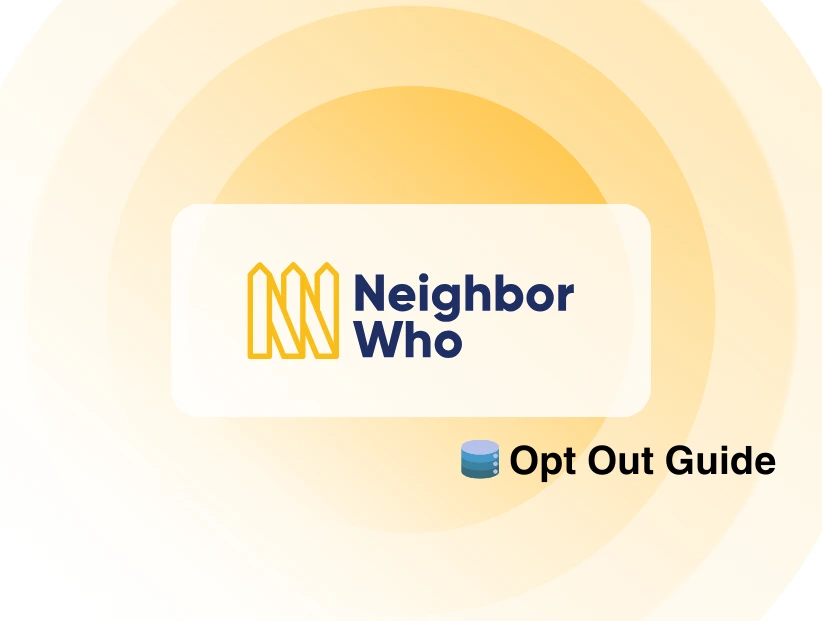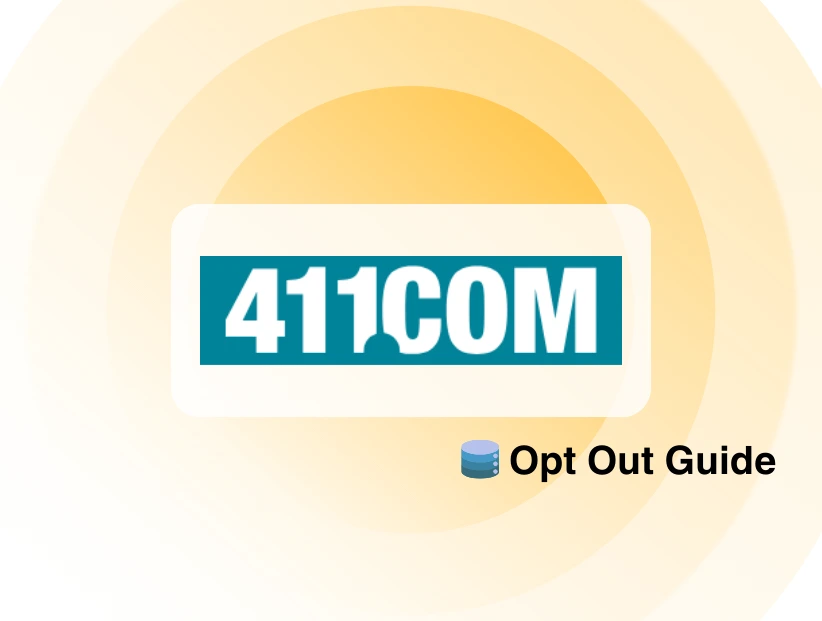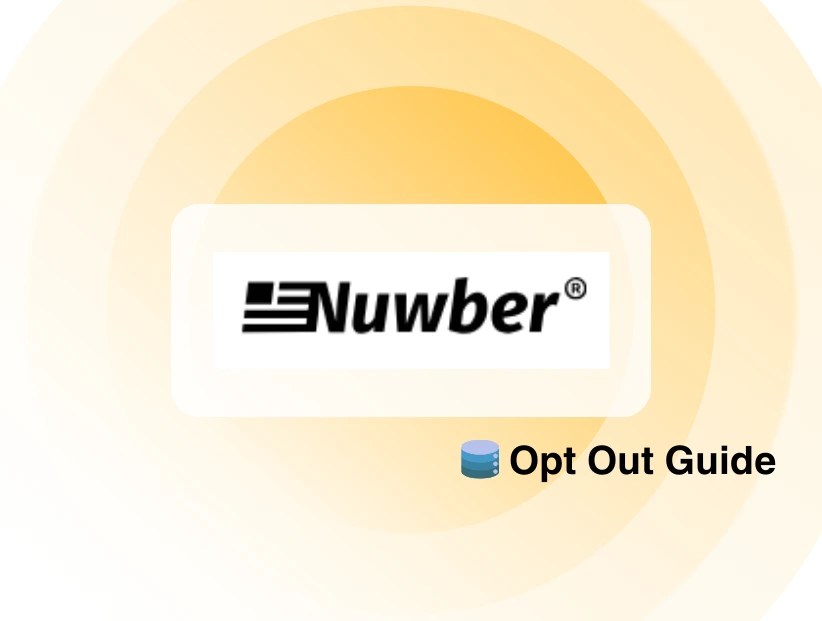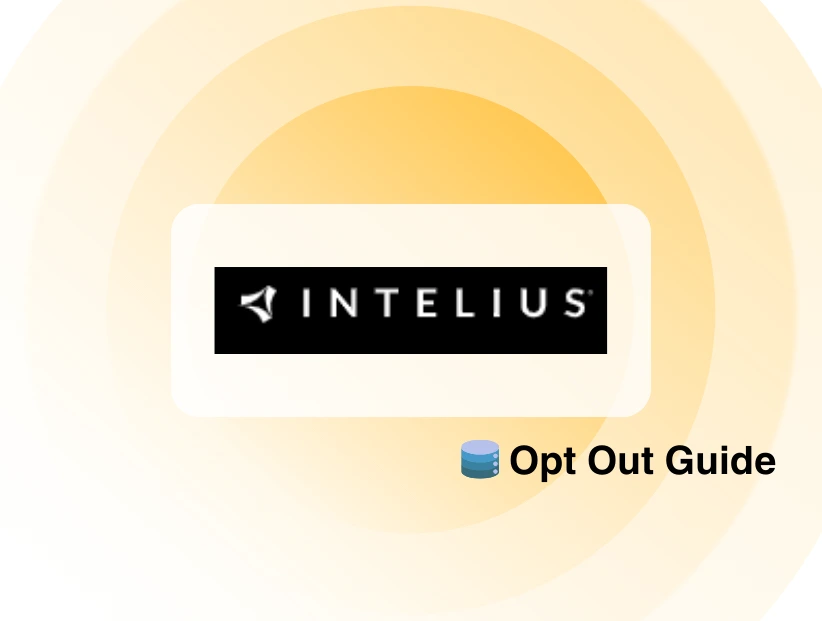The modern world of the internet is not as simple as it seems, as it consists of layers that are not visible to the everyday user. These layers can be mysterious and dangerous and can risk your privacy and security.
This blog will discuss everything you should know about the Invisible Web and its subset, the Dark Web, how they both differ, what risks they bring, and how you can secure your information from getting into the wrong hands.
What is the Dark Web?
The dark web is a small portion of the deep web that is intentionally hidden and requires special software, such as Tor, to access. It is a subset of the Invisible Web and consists of websites and networks that are not indexed by search engines. This layer of the internet is often associated with preserving privacy and anonymity but is also notorious for its connection to illegal activities.
What is the Invisible Web?
The Invisible Web, also known as the Deep Web, comprises all parts of the internet that are not indexed by your everyday search engines like Google.
It is a massive expanse featuring a wide range of content, from databases containing sensitive information like banking details and medical records to other areas that are often unregulated and might harbor illegal activities.
The Invisible Web is an important pillar of the modern internet, and everyone should know about the risks and hazards that come with it.
Discover if Your Most Critical Identifiers Have Been Exposed on the Dark Web
Receive timely alerts and actionable insights with PurePrivacy's Dark Web Monitoring.
Dark Web vs Invisible Web: What’s the Difference?
The invisible web contains content that's not publicly accessible and includes both restricted and legitimate areas. On the other hand, the dark web is made up of hidden websites and services that are usually associated with illegal activities.
| Features | Invisible Web | Dark Web |
| Visibility | Not indexed by search engines | Not indexed and anonymized |
| Accessibility | Requires authentication or specific search | Requires special software like Tor |
| Content | Includes databases, legal documents, and access-restricted sites | Hosts niche forums and activities, both legal and illicit |
| Safety | Generally safe | Often dangerous |
Are the Dark Web and Invisible Web the Same?
There’s a common misconception that the Invisible Web and the Dark Web are the same thing. However, the Invisible Web is a much larger realm that includes the Dark Web as one of its components.
The Invisible Web consists of data like private databases, medical records, bank statements that require specific credentials for access. The Dark Web is a smaller portion of the Invisible Web and uses similar security protocols but emphasizes anonymity, making it a breeding ground for illegal activities.
Both the Dark Web and the broader Invisible Web can’t be accessed via traditional search engines and require additional security measures for access. The Dark Web, in particular, needs specialized software like Tor to be able to access it.
Is the Dark Web Entirely Illegal?
The Dark Web is typically perceived as a lawless place since it operates independently of many governmental regulations and uses encryption and anonymity tools. However, this does not mean that everything happening on the Dark Web is illegal.
It serves as a platform for diverse groups, including journalists and activists, who use its anonymity to bypass state censorship and share information freely.
For example, the Dark Web hosts sites like the Internet Archive, which allows access to archived web pages and books that might be banned in various countries. Other sites offer services like ZeroBin for secure file transfers, and Imperial Library for accessing restricted books, which highlights the Dark Web’s role beyond just illegal activities.
Do You Need to Be a Hacker to Access the Invisible Web?
The Invisible Web, although not indexed on regular search engines like Google, is still accessible through special means. The invisible web consists of databases, restricted content, and many sites with sensitive information.
Most of us have accessed the Invisible Web without even knowing it. Everyday banking portals, academic research articles, and important content behind paywalls are all part of the invisible web.
Accessing the Invisible Web is generally safe as long as you're visiting legitimate websites. You should always refrain from entering private information on any website and use strong passwords to avoid data breaches.
How to Avoid Data Breaches And Dark Web Exploitation
Cybercriminals often exploit vulnerabilities to steal personal and financial data, which can end up on the Dark Web. It is always recommended to take precautions when surfing the internet. Here are a few steps you can take to avoid any data breaches.
1. Use Strong and Unique Passwords
- Use a password manager to generate and store complex passwords.
- Avoid using the same password across multiple sites.
2. Enable Two-Factor Authentication (2FA)
- Always enable 2FA where possible, especially for banking, email, and social media accounts.
- Use authentication apps rather than SMS for better security.
3. Monitor Your Online Accounts
- Regularly check bank statements and account activity for unauthorized transactions.
4. Be Wary of Phishing Attacks
- Do not click on links or download attachments from unknown emails.
- Verify website URLs before entering login credentials.
5. Update Software and Devices Regularly
- Keep operating systems, browsers, and antivirus software up to date to patch security vulnerabilities.
6. Avoid Public Wi-Fi for Sensitive Transactions
- Use a VPN when connecting to public networks to encrypt your data.
7. Use PureVPN’s Dark Web Monitoring
PureVPN’s dark web monitoring alerts send you notifications whenever your data is found on the dark web along with recommendations to secure it. Here’s how you can use it:
- Sign up for PureMax.
- Download and install the PureVPN app.
- Log into your account and click Dark Web Monitoring.
- Select Add Assets to Monitor and enter your email address, SSN/NIN, credit card number, passport number, and phone number.
- Enter the code sent to your registered number, and you’re done.
6. Follow the recommended steps if your data is part of a breach to protect it from further misuse.
Frequently Asked Questions (FAQs)
-
What are the uses of the Dark Web?

The Dark Web has a variety of uses, both legal and illegal. It's a valuable tool for privacy, anonymity, and secure communication. However, it could also pose risks if not used with caution.
-
What is the difference between the Invisible Web and the Dark Web?

The Invisible Web contains content that is not indexed by standard search engines, such as restricted academic research and online banking databases. The Dark Web, a part of the Invisible Web, provides fully anonymous access to sites, which can be used for both legitimate and illegal purposes.
-
How does PureVPN’s Dark Web Monitoring work?

PureVPN monitors the dark web for any breaches through your most critical identifiers, such as your email address. If your data is found on the internet, PureVPN sends you alerts and offers recommendations to help prevent further exploitation by cybercriminals.
-
How does PureVPN protect my information once I share it for monitoring?

We encrypt your sensitive data before transmission to our servers and securely store it using SHA hashing for maximum protection.
Conclusion
The Invisible Web is a hidden but essential part of the internet that includes private and secure information, while the Dark Web is an anonymized space that can be used for both good and bad purposes. A clear understanding of both can help you safely and securely surf the internet.




